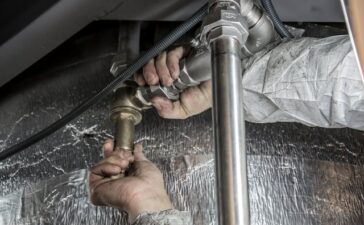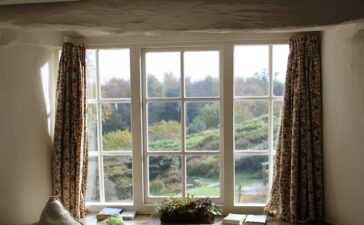Floods can vary in severity and at the extreme end of the scale will require evacuation of the home. And if you are in this position, you need to know what you can do when you finally return home. It is very important to check for any hazards before you enter the home. You should check with the local authorities if it is safe to enter the home.
There are certain risks in returning to a flooded property. Electrocution is a very real risk. So if you see any downed power lines, make sure you give them a wide berth. Make sure to avoid any standing water when you are walking around the home. Even a puddle should be avoided. Structural damage is possible after a big flood and your foundation is at high risk. Check if there are cracks in the foundation or if there is damage to the roof or structural elements such as columns and beams. If there is visible structural damage, it is not safe to enter the home as there is a risk of collapse. So you will need to have a professional visit the property and ascertain the safety of the structure. Utility lines are at increased risk in a flood. So you need to check if there are cracks or leaks. For example, if there is a crack in your gas line, this is a definite fire hazard and you will need to contact the fire department to deal with it.

It is best to have a contact number for flood restoration services so that you have a professional to call on when you have a flooded home. Make sure you screen a few companies beforehand if you live in an area at risk for flooding. Home electricity will usually be disconnected when you evacuate but if you didn’t do this, you need to do this now. But make sure there is no standing water around the system. If there is, a professional has to be called to take a look in a safe manner. It is not recommended to use electrical or gas powered appliances that have come into contact with floodwater until they have been cleared by a professional. You need to protect yourself at all times when you visit your flooded property. Some of the protective wear you should have are a respirator mask, thick work gloves, goggles, a hard hat, waterproof boots with steel toes that come to your hip or waist and rubber gloves.

Go through your flood insurance policy to see if it covers flood. If you live in an at risk area, it is best to purchase a separate flood insurance policy. But if you don’t have one, you need to make a list of damaged possessions along with photos. You need to separate these flood damaged items so that the insurance company can inspect it. You can find many returning home checklists when you are looking for instructions on what you can do after visiting the home. You should take care when travelling to the property as well. Sometimes the roads may have weakened in areas where the floodwater has receded and there is a risk of collapse when the road cannot bear the weight of your vehicle.





